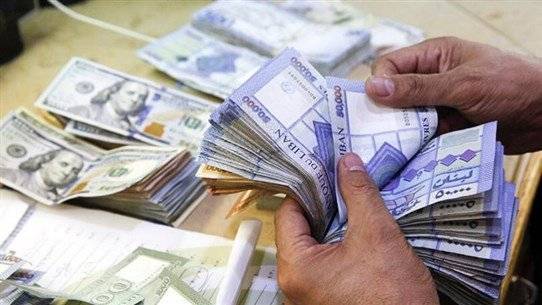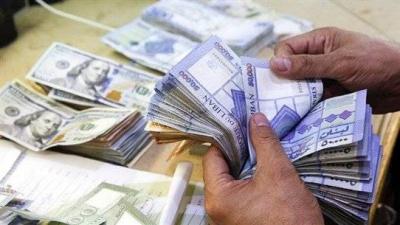Consumer goods prices rose by 9.3% in June compared to May. Notably, the exchange rate of the dollar reached 37,000 Lebanese pounds post-elections before the Central Bank of Lebanon intervened and issued a statement allowing holders of Lebanese pounds to go to banks and exchange them for dollars at the "Sayrafa" rate. At that point, the dollar began to decline and reached 28,000 pounds, not exceeding the 30,000-pound mark since then. So what led to the monthly inflation rate of 9.3% for consumer goods and an annual increase of 210.08% in June compared to the same month in 2021, according to the report by the Central Administration of Statistics at the Presidency of the Council of Ministers? Several factors contributed to the rise in consumer goods prices in Lebanon over the month. Monir Al-Bassat, head of the Food Industries Union, explained to "Nidaa Al-Watan" that this can be attributed to two main reasons: First, the significant increase in oil prices resulted in higher production and shipping costs, which were already high, along with various types of services. Second, the ongoing general strike since June has hindered the clearance of imported goods from the port, with shipments stuck for a month to a month and a half.
He predicted that prices would continue to rise due to the ongoing strike and the inability to clear goods, which would impose additional costs on traders for every day of delay, affecting consumers who would pay these costs through increased prices. Regarding the significant annual surge in consumer goods prices which reached 210.08%, Al-Bassat stated, "The inflationary repercussions of the Ukrainian war were significant and affected Lebanon, leading to price increases of most raw materials directly after the war started, with varying rates ranging from 30% to 100%. However, compared to the previous two months, raw materials prices have not changed much, although some have seen slight decreases."
The increase in raw material prices is attributed to rising demand and increased shipping costs due to high oil prices, which have substantial inflationary effects on the prices of all consumer and food goods. Locally, the increase in oil prices led to higher shipping costs for importing raw materials both before and after manufacturing due to the almost permanent power outages and reliance on generators. "Fuels and energy account for between 5% and 10% of the production costs of food industry, varying by factory; some rely on solar energy while others on generators," Al-Bassat noted, adding that "food factories use energy for electricity generation and steam for cooking food products." In other industries, energy can account for up to 45% of the costs incurred during production, especially those related to recycling and packaging processes.
Returning to the consumer price index in Lebanon, the inflation rate for consumer prices in the first six months of the year reached 39.65%. For June, compared to May, prices increased in the following regions: Beirut by 5.61%, Mount Lebanon by 11.48%, the North by 7.64%, the Bekaa by 7.26%, the South by 7.72%, and Nabatieh by 8.39%.




